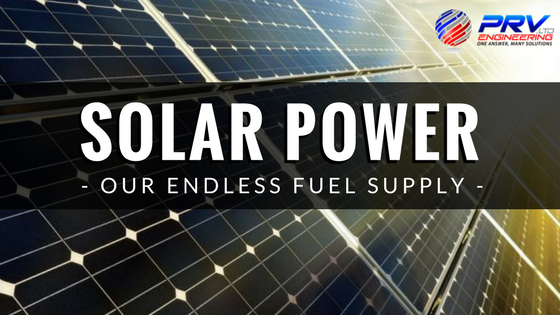
In recent times there has been an even bigger drive for renewable energy than ever before. This has also given rise once again to the solar power car. It could be due to the global warming phenomena or maybe we finally realised that the sun is in fact our biggest energy source and it’s free. At least in theory it is but putting in place the technology to store sufficient amounts of energy is the challenging part.
Solar Power in Vehicles (Electric Vehicle)
A solar vehicle is defined as an electric vehicle that is mainly powered by solar energy. Once a vehicle’s internal combustion engine is replaced with an electric motor, it becomes an electric vehicle (EV). This electric motor can be powered by energy from conventional electricity derived from fossil fuels, solar panels, fuel cells or batteries.
As far as solar panels go, PV or photovoltaic cells, change the energy of the sun into electrical energy. The panels can be placed on the surface or the roof of the vehicle. The first commercial electro-solar hybrid car, called the Venturi Astrolab, was introduced in 2006 and mainly used solar power.
The Solartaxi was also introduced in 2007 and went around the world, or 50 000 km. It only took 18 months and solely relied on the power of the sun. Solar cars mix the technology in bicycle, aerospace, automotive and alternative energy industries. The design of the solar vehicle is limited by the amount of energy placed into the car. This ultimately also determines the range it can travel before refueling or recharging.
Solar Arrays – Our Endless Fuel Supply
Solar panels are made up of numerous photovoltaic cells and when these cells are combined on a single panel, they create an electric field. The solar energy systems include inverters. These inverters are designed to transform direct current into alternative current and allows sun to power your home.
Solar power can certainly help reduce electric bills and carbon footprints. Better yet, you can charge your car as well. The downside in this case is the cost of solar installation and high price for electric vehicles. The other problem is current batteries are unable to retain enough power for long distances.
Take a Look at this Example Scenario
If you install just 24 solar panels on your roof, it transforms sunlight into 7.4 kW of electricity per day. When it’s cloudy, this translates to around 24 kwh which is still more than enough to power a Mitsubishi i-MiEV which only needs about 7kwh of energy. There’s still extra solar power to help cut costs on your electricity bill and you can drive around for “free”.
Bigger electric vehicles, like the Tesla Model X for example, require more power but these solar panels produce enough energy to keep it going if you do less than 160 km (100 miles) per day. On an average month, the 24 panels can produce enough energy for 3 500km (2 200 miles) if you don’t drive it like a sports car. Double up the number of solar panels and you are able to recharge almost any electric vehicle consistently and efficiently.
If you work relatively close-by, in close proximity to a school district and a shopping centre, you could be looking at permanent solar driving. You don’t ever have to pay for fuel again and you have zero emissions. How does that compare to the fluctuating oil prices and the ever-present threat of resource depletion?
What do you think?
With technology advancing at the rate it is, we could have smaller, lightweight batteries capable of retaining more energy sooner than we realise. This will have a monumental impact, not only on the automotive industry but the energy sector as well. Don’t you think it’s time we really utilise solar power, wind and oceans for our homes, cars and everything else? Leave your comments in the section below; we’d really like to hear your thoughts.
PRV Engineering specialises in precision engineering and we are a one-stop shop offering you all the services under one roof. We manufacture for an expanse of industries including Automotive, Rail, Construction, Aerospace and Defense among others. Our diverse range of products and services include Busbars, 5-Axis Machining, Toolmaking, Spray painting, Powder Coating and Shot blasting.
This site uses Akismet to reduce spam. Learn how your comment data is processed.


 Mail:
Mail: 




Leave a Comments